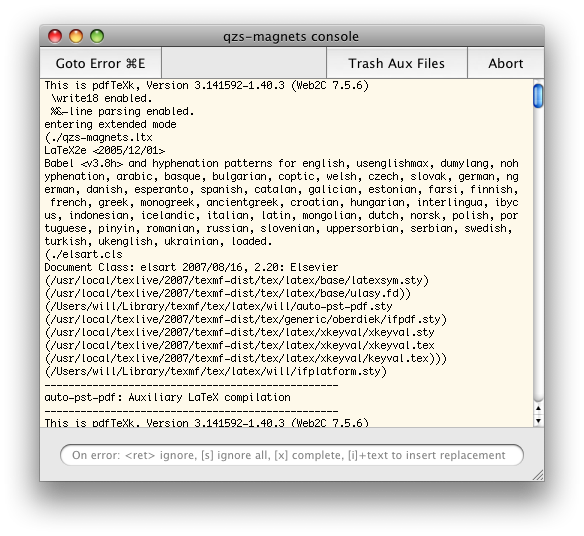My reading drought is over! After being stuck on a couple of books for the entirety of this year, I’ve finally got through one of them. Trying to read in parallel is simply a bad idea, even if one is fiction and the other non.
The subtitle of ‘Happiness’ is ‘A guide to developing life’s most important skill’. With respect, this is exactly what ‘Happiness’ is not, but I’ll forgive the marketing people for sexing up the idea of the book.
Oh, sure, there’s the occasional exercise in which we’re advised to perform deep meditative acts, but colour me sceptical that a non-meditator will be able to derive much outcome from such exercises without years of practise. (Indeed, my own experience confirms this :)) Not that the simplifications used to promote these techniques aren’t useful: when grumpy, meditate on your grumpiness itself and you’ll realise it’s meaningless — suddenly you feel better. In a perhaps overused analogy in the book, the negative emotion disappears like a snowflake in the spring sunshine.
What the book does do to great success is inspire one to take up a path of developing their happiness — and it’s not surprising that the teaching that the Buddhist Ricard espouses is Buddhism itself. But that’s, in fact, the strength of the book in my eyes. While Christians might stumble around trying to prove the power of prayer, the Buddhists can equivocally state why and how their practises help develop the mind from an objectively point of view.
Or perhaps I’m swallowing their bait, line and sinker.
Regardless, what this book emphasises is that being happy isn’t a genetic or environmental factor that’s out of your control. Rather, we create our own happinesses in our own minds, and with practise one can be happy all of the time. Sounds good, right? Well, Ricard spends an entire book teasing out the idea of being happy all the time. I guess the easy way to sum it up would be that once you’ve worked out the meaning of (your own) life then you’ll be happy. Simple, huh? Well…
This book isn’t just a “swallow this pill and you’ll be happy” solution. The pursuit of happiness is inextricably tied to the way we live our lives. Perhaps another way to boil it down is to say “be optimistic always, spend every moment doing what you should be doing, and make other people happy at the same time”.
Realistically, everyone’s search of happiness, if they are even trying, will follow a different path. The appeal of this book is that it’s a great elucidation on the different little meanings around “being happy”, and inspiration that our brains are tactile enough that, with practise, we can live our lives in a positive frame of mind.
Now, where do I sign up for meditation lessons?

